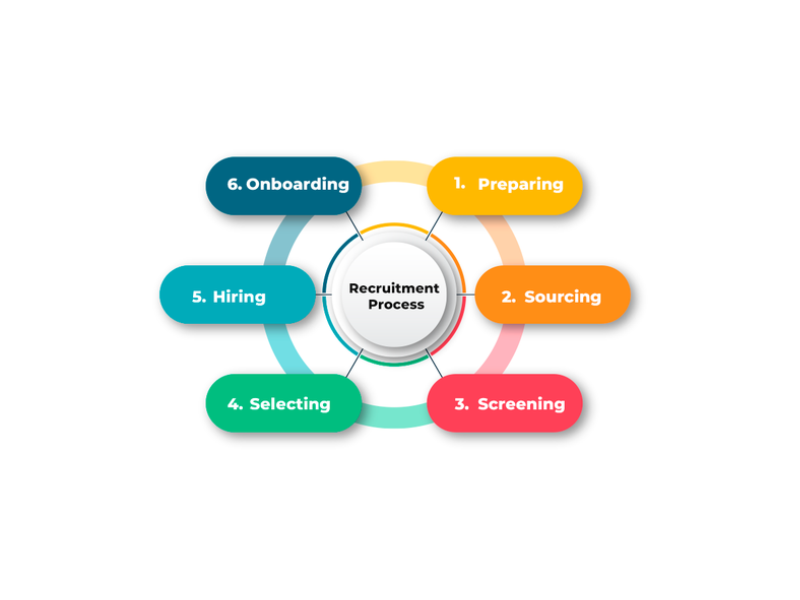
The world of digital marketing is evolving at an unprecedented pace, and Conversational AI is leading this transformation. From enhancing customer interactions to optimizing content for voice search, AI-powered tools are revolutionizing how brands engage with their audiences and improve search engine rankings.
But how exactly does Conversational AI impact SEO? And why should businesses integrate it into their marketing strategies now? Let’s dive in.
What is Conversational AI?
Conversational AI refers to AI-driven chatbots, voice assistants, and messaging systems that simulate human-like conversations. These smart tools use:
- Natural Language Processing (NLP) → to comprehend and interpret human speech.
- Machine Learning (ML) → to refine responses based on past interactions.
- Context Awareness → to offer accurate and personalized responses.
Examples of Conversational AI in Action:
- AI chatbots for real-time customer support
- Voice assistants like Siri, Alexa, and Google Assistant
- AI-powered search and content recommendations
As AI continues to advance, its role in digital marketing and SEO grows stronger. Businesses that adopt AI-driven tools can enhance user interactions, increase engagement, and improve their search visibility.
Read more: How AI is Changing Digital Marketing
How Conversational AI is Revolutionizing SEO
Search engines prioritize user experience (UX), search intent, and engagement metrics when ranking websites. Conversational AI plays a key role in optimizing these factors, making it a powerful tool for modern SEO strategies.
1. Voice Search Optimization & Conversational Queries
With over 71% of consumers preferring voice search (Source: PWC), businesses must optimize their content for natural language queries. Unlike traditional text-based searches, voice searches are often longer, more conversational, and question-based.Example: Instead of typing “best SEO strategies,” a user might ask, “How can I improve my website’s SEO rankings?”
How Conversational AI Helps:
- Creates content optimized for voice-friendly search queries.
- Improves chances of appearing in featured snippets.
- Enhances local search rankings by addressing location-based questions.
By integrating long-tail keywords and natural phrasing, businesses can increase their visibility in voice search results.
Learn more: How to Optimize for Voice Search
2. AI Chatbots Reduce Bounce Rates & Improve Engagement
A high bounce rate signals to search engines that visitors aren’t finding what they need. AI-powered chatbots help keep users engaged by:
- Providing instant answers to user queries
- Offering AI-driven recommendations to guide visitors
- Assisting with customer support for better satisfaction
Example: A chatbot on an eCommerce website can suggest products based on browsing history, increasing session duration and conversion rates.
Related: The Role of AI Chatbots in Digital Marketing
3. Personalization & Search Intent Optimization
Google’s algorithm now emphasizes search intent and personalized user experiences. Generic content no longer ranks well—customized, user-centric content does.
Example: AI-powered content suggestions can:
- Recommend related blog posts based on a visitor’s interests
- Display personalized product suggestions
- Adapt page content dynamically to match user behavior
How This Boosts SEO:
- Better engagement leads to longer session durations
- Higher click-through rates (CTR) signal relevance to search engines
- Personalized user journeys improve conversion rates
Further Reading: How AI is Personalizing Content Marketing
4. AI-Generated Content & SEO Optimization
AI-powered content tools assist with:
- SEO-optimized blog writing & meta descriptions
- Content structuring for better readability
- Keyword analysis & topic recommendations
Fact: According to a HubSpot study, AI-generated content can increase productivity by 50% while improving search rankings when combined with human oversight. (Source: HubSpot)
Explore: AI-Generated Content: Pros & Cons
How to Integrate Conversational AI into Your SEO Strategy
1. Optimize for Voice Search
- Use conversational, long-tail keywords.
- Structure content to answer common queries in FAQ format.
- Strengthen local SEO to rank better in voice searches.
2. Implement AI-Powered Chatbots
- Provide instant, personalized support.
- Help users navigate your website effortlessly.
- Gather insights on customer preferences for marketing improvements.
3. AI-Optimized Content Creation
- Generate SEO-friendly blog content & descriptions
- Optimize AI-generated text with human refinements
- Ensure compliance with Google’s E-E-A-T guidelines (Google Search Central)
4. AI Analytics & Performance Tracking
- Monitor user engagement and behavior
- Adjust SEO strategies based on real-time AI insights
- Regularly update content to maintain high search rankings
Brands that effectively integrate AI into their SEO strategies will gain a competitive edge in the digital space.
Final Thoughts: The Future of SEO is AI-Driven
Conversational AI is no longer just an emerging trend—it’s a powerful force redefining digital marketing and SEO. As search engines evolve to prioritize user intent, personalization, and engagement, businesses that leverage AI-driven strategies will gain a clear competitive advantage.
From voice search optimization to AI-powered chatbots and personalized content experiences, AI is transforming how brands connect with their audiences. Companies that embrace these innovations today will lead the way in search rankings, customer engagement, and digital success.
The question isn’t if AI will change SEO—it already has. The real question is: Are you ready to evolve with it?
Now is the time to innovate, optimize, and take the lead. Let AI drive your SEO strategy and propel your business into the future.
Want to stay ahead of the competition? Contact us or visit our website to learn how AI can elevate your brand’s digital presence.

















































